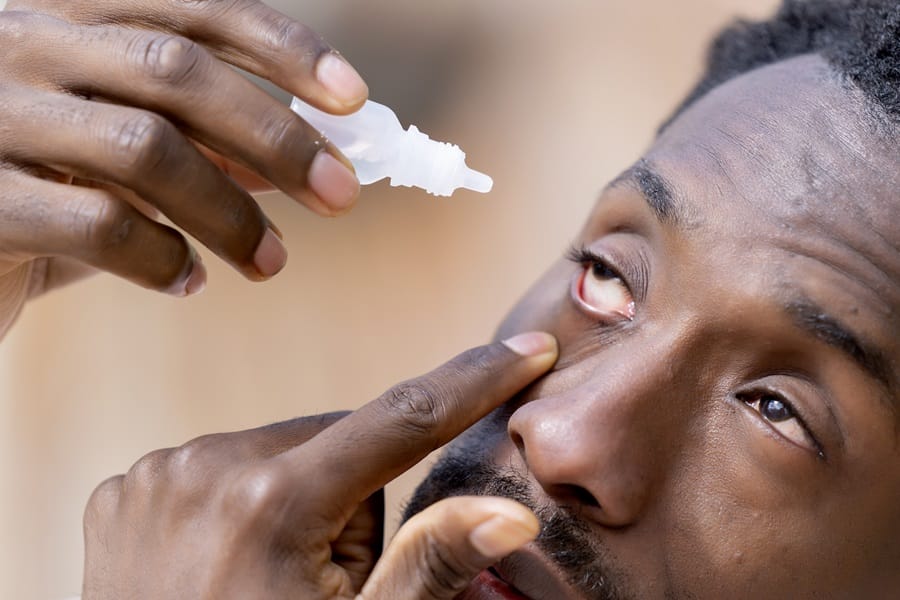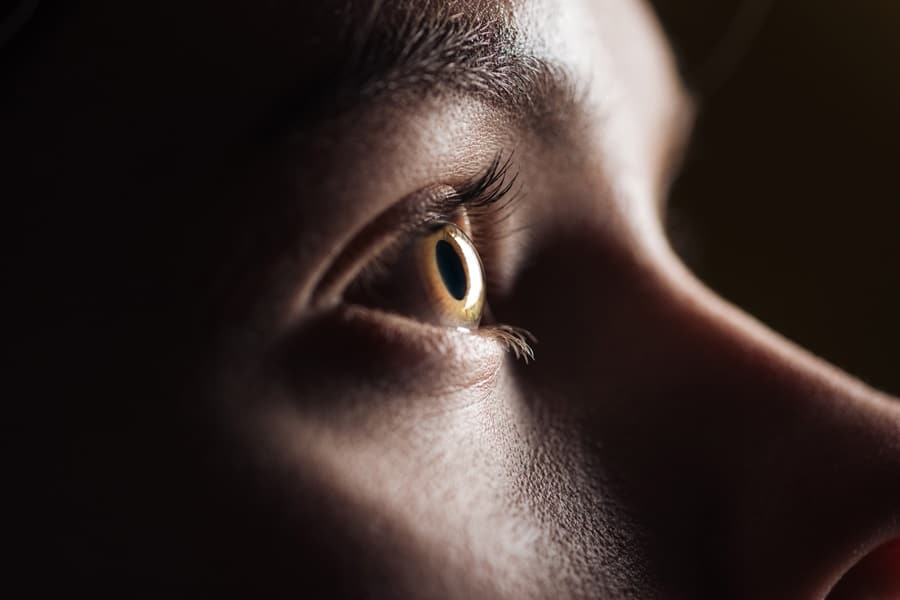Despite gaining popularity recently, LASIK is not a new procedure and has been around for almost two decades. However, it has improved thanks to technology and is now more efficient and effective than before. Yet, surprisingly, many people remain in the dark about the LASIK procedure. Don’t let myths and other people’s opinions influence your decision to get the LASIK procedure. Today, we debunk common myths about LASIK.
Myth: Its Effects are Temporary
Fact: LASIK offers permanent benefits which don’t wear off.
During the LASIK procedure, the specialist surgically reshapes the cornea. Therefore, LASIK offers lifetime benefits for refractive eye problems. However, someone who has non-cornea-related issues with their eyes may need to retain their glasses when reading or viewing things.
Therefore, people who retain their glasses for reading after LASIK does not reflect on the ineffectiveness or short-term effectiveness of the procedure. Instead, it is a depiction of a different non-cornea-related eye problem.
Myth: LASIK Is Painful and Could Cause Blindness
Fact: The procedure is painless, and there isn’t a single case of LASIK causing blindness.
During the LASIK procedure, anesthetic eye drops will be administered to numb your eye. You will remain awake during the surgery and only feel a slight pressure on your eye, which feels more like a discomfort. The surgery is painless!
The claim that LASIK can cause blindness is a misconception. Since the start of LASIK, there haven’t been any confirmed cases of blindness due to the procedure. Besides, before LASIK, we review potential risks depending on the patient’s health and eye conditions to prevent any risks.
Myth: Recovery Takes Long Since the Cornea Flap Doesn’t Heal
Fact: When you follow the eye specialists’ recommendations, recovery takes a relatively short time.
LASIK solves eye problems by reshaping the cornea. We will start by assessing your cornea and determining if it is thick enough to withstand the procedure. This will involve creating a corneal flap.
After the surgery, we will lay back the flap and let it heal by itself. Unfortunately, most people don’t believe the flap can heal, while it begins healing within 24 hours after the surgery. Once the surgery is over, the eye specialist will recommend tips to help you recover faster.
Myth: LASIK Surgery is Highly Risky
Fact: While no surgery is 100% risk-free, the risks associated with LASIK are statistically very low.
LASIK is a safe procedure, with more than 95% of patients satisfied with the results. While there are negative side effects you could get after LASIK, they are rare and include short-term challenges like dry eye or light sensitivity which fade as you heal.
To further lower the already low risks associated with LASIK, a test is done to evaluate if you are a good LASIK candidate. People with conditions like glaucoma, unstable refractive error, and dry eye don’t qualify for LASIK to avoid these negative potential side effects.
Myth: LASIK is Suitable for Everyone
Fact: Not everyone is a good candidate for LASIK
We understand your willingness to get rid of glasses and lenses and get a long-term solution to your refractive eye problems. However, some conditions could lower the safety and effectiveness of LASIK. Therefore, these conditions need to be considered before signing up for LASIK.
If you have dry eyes, large pupils, blepharitis, a thin cornea, or have previously had refractive surgery, you are prone to a high risk of complications during LASIK. The procedure is also unsafe for pregnant women, people with previous eye injuries, or glaucoma.
Get to Know the Truth
Most LASIK myths are spread by people unfamiliar with the procedure. It is best to get the facts from an eye specialist as they are a reliable source of information. Book your free LASIK consultation with us today, and ask any questions you may have about the procedure. Don’t let misconceptions lead to achieving a better vision and total freedom!







